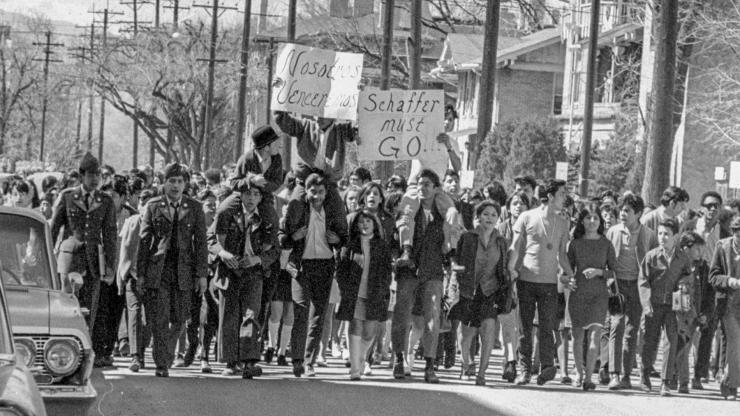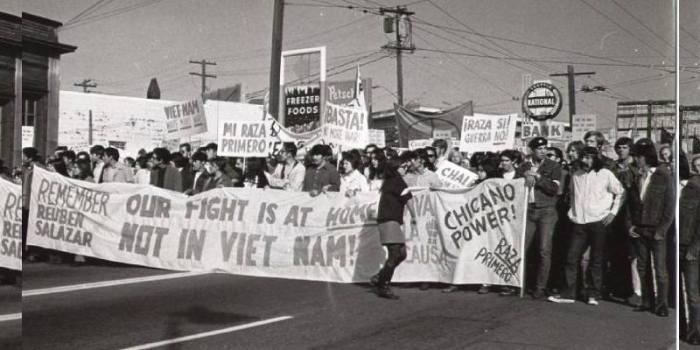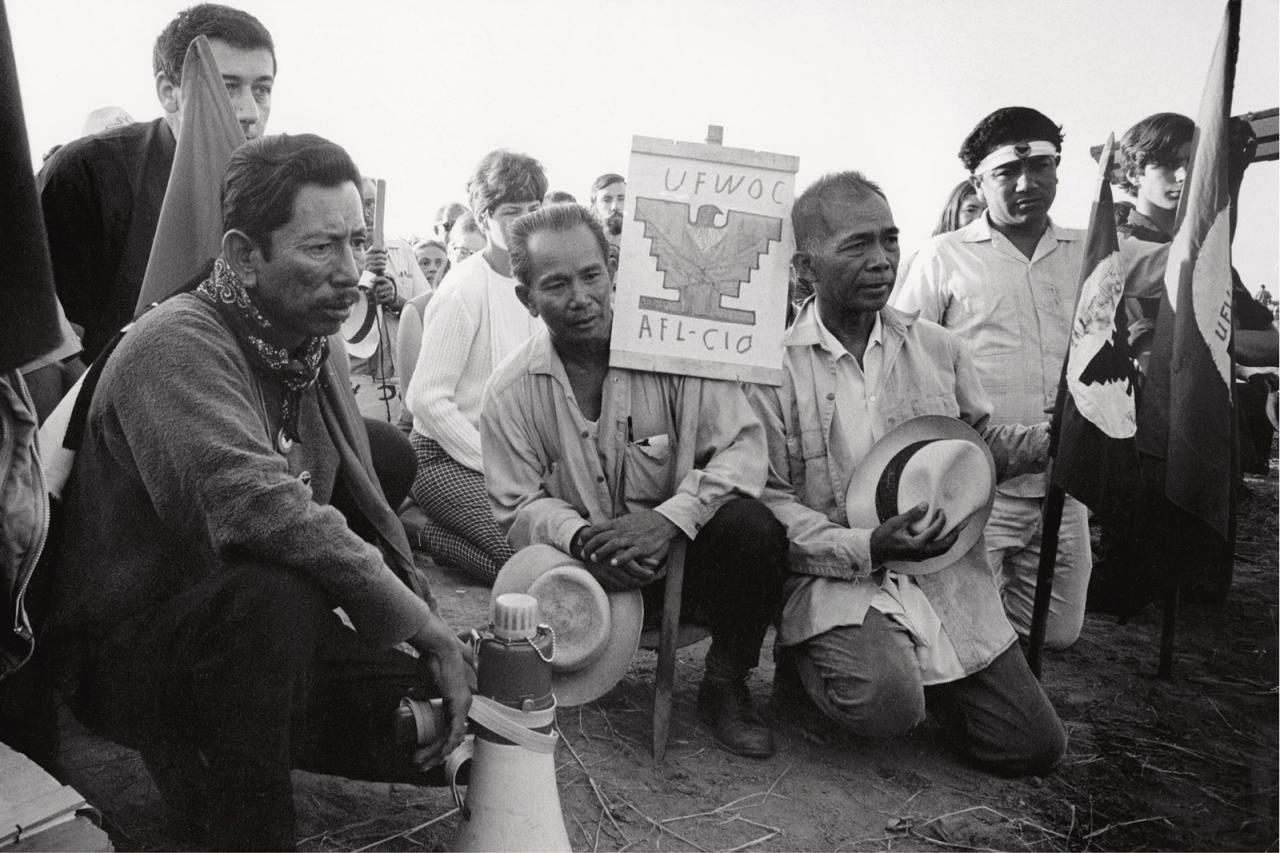Failures of the chicano movement – The Chicano Movement, a pivotal force in the struggle for Mexican American civil rights, faced numerous challenges that hindered its progress. From internal divisions to government repression and cultural assimilation, the movement encountered obstacles that tested its resilience and ultimately shaped its legacy.
This essay will delve into the complexities of the Chicano Movement’s failures, exploring the ideological conflicts, resource constraints, government violence, cultural assimilation, and leadership challenges that plagued its path.
Internal Divisions and Fragmentation

The Chicano movement was plagued by ideological differences and conflicts. Various factions emerged, each with its own vision and priorities. Some advocated for a militant approach, while others favored nonviolent resistance. These divisions made it challenging to coordinate efforts and maintain a united front.
Lack of Resources and Support
The Chicano movement faced significant financial constraints. Activists relied heavily on donations and volunteer support. Limited access to resources hindered their ability to organize and sustain campaigns. Government surveillance and repression further suppressed activism, making it difficult for the movement to gain traction.
Government Repression and Violence
Law enforcement and government agencies employed various tactics to suppress the Chicano movement. Police brutality, mass arrests, and targeted killings were common. The government’s response to protests and demonstrations often escalated into violence, creating a climate of fear and intimidation.
Cultural Assimilation and Co-optation, Failures of the chicano movement
Mainstream society attempted to assimilate and co-opt Chicano culture. Media representations, education policies, and economic pressures promoted Anglo-American values and norms. This cultural assimilation weakened the movement’s momentum, as it eroded the sense of collective identity and pride that had fueled activism.
Leadership Challenges and Succession
The Chicano movement faced challenges in maintaining strong leadership. Charismatic leaders often dominated the movement, making it difficult to pass the torch to new generations. Leadership transitions were often fraught with conflict and division, further hindering the movement’s progress.
Query Resolution: Failures Of The Chicano Movement
What were the main causes of the Chicano Movement’s failures?
The Chicano Movement faced internal divisions, lack of resources and support, government repression and violence, cultural assimilation and co-optation, and leadership challenges.
How did government repression impact the Chicano Movement?
Government repression through police brutality, mass arrests, and targeted killings suppressed activism and hindered the movement’s progress.
What role did cultural assimilation play in weakening the Chicano Movement?
Cultural assimilation through media representations, education policies, and economic pressures weakened the movement’s momentum by diluting its distinct identity and values.


